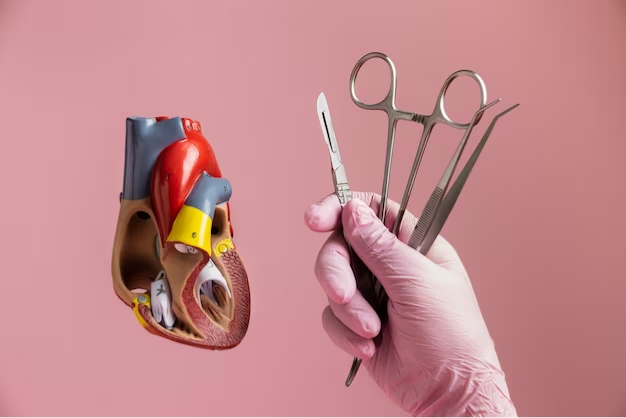
Caritas Heart Institute
Cardiovascular Exercise: A Key to a Healthy Heart
December 2023

Heart valves play a crucial role in the circulation of blood throughout our bodies. These valves open and close with each heartbeat, ensuring blood flows in the right direction. However, sometimes heart valves can become damaged or narrowed, which can lead to heart-related health issues. Valvuloplasty is an innovative and less invasive procedure used to repair these valves without the need for open-heart surgery. In this article, we will delve into the world of valvuloplasty, its techniques, applications, and benefits.
Understanding Valvuloplasty
Valvuloplasty is a medical procedure designed to treat heart valve conditions, primarily stenosis or narrowing of the valve. It can be performed on various heart valves, including the mitral, aortic, pulmonic, and tricuspid valves. Valvuloplasty is a less invasive alternative to valve replacement, which typically involves open-heart surgery.
Types of Valvuloplasty
Applications of Valvuloplasty
Valvuloplasty is primarily used to treat heart valve stenosis, a condition where the valve becomes narrowed, restricting blood flow. Common applications of valvuloplasty include:
Benefits of Valvuloplasty
Valvuloplasty is a remarkable advancement in the field of cardiology, offering individuals with heart valve conditions a less invasive and effective alternative to open-heart surgery. It has transformed the treatment of stenosis in heart valves, providing hope and improved outcomes for patients. If you or a loved one is diagnosed with a heart valve condition, consult with a cardiologist who can assess your situation and determine if valvuloplasty is a suitable option for you. With this less invasive approach, many patients can look forward to an improved quality of life and better heart health.

Caritas Heart Institute
December 2023